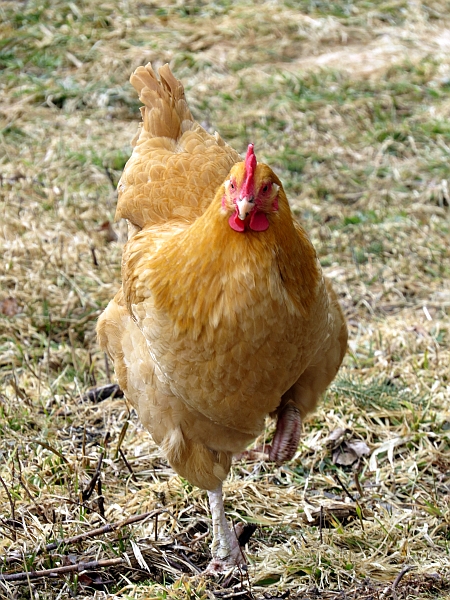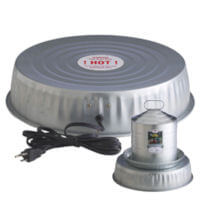Injury and Illness on the Homestead
You’re fine one moment and the next you find yourself in a heap at the bottom of the cellar stairs. There’s a stomach bug going around and try as you might, the only thing you can accomplish for the next five days is sleep and maybe a shower. One minute you’re stacking hay and the next the hay is stacked onto of you. Injury and illness on the homestead are a fact of life. Injury and illness on the homestead
Injury and illness on the homestead are scary thoughts . We try to be careful, especially when we live in a remote area or away from people, but accidents happen. We don’t plan on accidents but we can plan ahead of time for how we’ll deal with the consequences of injury and illness.
First Aid

Keep at least a basic First Aid Kit
Do you have a first aid kit? Everyone should have a small first aid kit with bandages, tweezers, and antibacterial soap. Please do follow the first aid kit link. It has a long list of items for injuries as well as illness. Adjust your kit accordingly. Injury and illness on the homestead
Frozen Meals
Chicken soup freezes well, and who doesn’t want a bowl of chicken soup when you’re not up to par. Soup, stew, cooked meats and vegetables – they all freeze well and are easy to warm up. Keep these meals simple. Simple allows kids and other busy adults to prepare a meal and eat well. If you’re the healthy person in a house full of sick people you’ll be busy enough without having to cook from scratch. After a while we’re usually willing to make whatever someone is willing to eat as their appetite returns. Having several frozen meals as options is a blessing.
Remember tv dinners? You can make them yourself with leftovers. Pie plates work well. You can freeze the entire meal in a pie plate covered in foil. Pull the meal from the freezer, pop it into the hot oven and rest while the meal warms.
Make sure your meds are refilled before you’re down to your last few doses. If you don’t let yourself get below a week’s worth of meds you’ll likely feel well enough to get to the pharmacy before you run out. Otherwise, give the person who’ll take care of your refills a few days to get to the pharmacy. Injury and illness on the homestead
Keep important phone numbers in an obvious place. Back in the day we kept phone numbers written on a piece of paper and taped to the wall beside the phone. Few of us have a phone on the wall these days. And of course, everyone who is old enough to use a phone (by age four) should know how to dial 911 and know when and when not to call 911.
Keep your cell phone with you if you’re at home alone or working away from people. You don’t want to sit at the bottom of the stairs without help, be unable to call someone when you are seriously ill, or unable to dial 911 when you’ve had an accident. Homesteading tends to push modern conveniences like cell phones off to the side but don’t dismiss this important tool.




![Black Capped Chickadee, [NeighborWoods], neighborwoods](http://www.homesteadersupply.com/blog/wp-content/uploads/2014/12/black-capped-chickadee.jpg)

